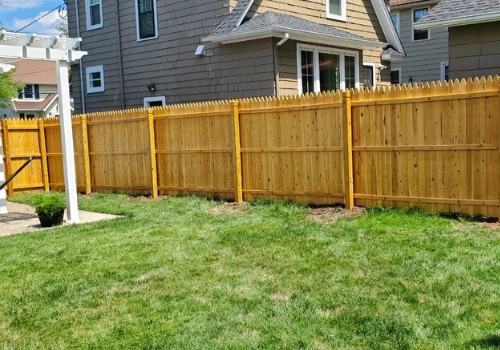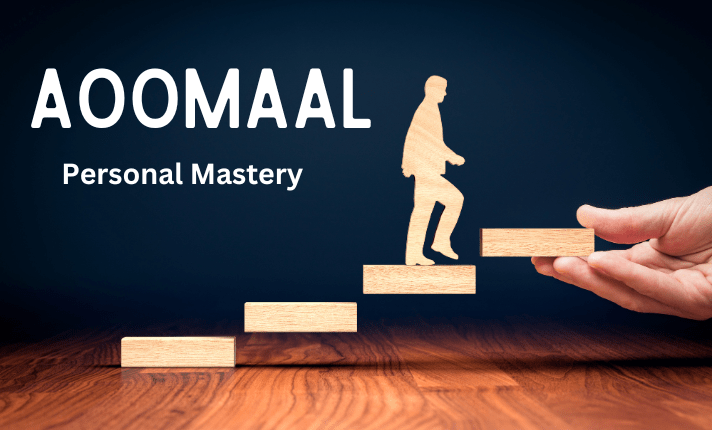Elderly abuse is a pressing issue affecting thousands of seniors globally, demanding urgent attention as the aging population grows. This blog post will discuss various forms of elderly abuse, the crucial role of caregivers and family members in prevention, and steps to tackle this injustice. By raising awareness and taking action, we can improve the lives of our elders.
Types of Elderly Abuse
Elderly abuse takes many forms, each as damaging and reprehensible as the next. Physical abuse, characterized by harm or injury inflicted upon a senior, might leave visible bruises or unexplained injuries that raise alarms. Emotional abuse, though often invisible, can be just as detrimental, with seniors subjected to verbal threats or belittlement, leading to low self-esteem and depression. Financial abuse involves the unauthorized use of an elder’s funds or assets, draining their resources and leaving them financially vulnerable. Lastly, neglect involves failing to provide necessary care, resulting in poor hygiene, malnutrition, or worsening health conditions.
To better understand these abuses, consider real-life examples. Imagine a caregiver who frequently yells at an elder, undermining their confidence until they withdraws socially. In another scenario, a trusted family member might exploit an elder’s finances, leaving them unable to afford basic needs. Through these narratives, the reality of elderly abuse becomes starkly clear, emphasizing the need for vigilance and intervention.
The Role of Caregivers and Family Members
Caregivers and family members stand on the front lines in the fight against elderly abuse, tasked with recognizing signs of mistreatment. These signs include sudden changes in behavior, unexplained injuries, and poor living conditions. Identifying these indicators requires attentiveness and empathy toward the elder’s situation. Open communication is key to building trust with elders and encouraging them to voice any concerns. By fostering a safe and supportive environment, caregivers and family members can become trusted allies in safeguarding their well-being.
To put it into practice, caregivers and family members should engage in regular conversations with their elders, asking questions about their experiences and feelings. This approach helps detect potential abuse and reinforces the bond of trust. Additionally, maintaining an open dialogue encourages elders to report any discomfort or mistreatment, allowing for timely intervention and support.
The Impact of Elderly Abuse on Victims
The consequences of elderly abuse extend beyond immediate physical harm. Abuse can lead to long-term physical and mental health issues, such as chronic pain, anxiety, and depression. These effects diminish the elder’s quality of life, robbing them of their later years’ peace and dignity. Financially, abuse can deplete savings meant for healthcare and retirement, placing an undue burden on both the elder and their family. Society, too, bears the cost of increased healthcare and social service needs.
To grasp the full scope of the impact, consider the life of an elder subjected to emotional abuse. Over time, their mental health deteriorates, leading them to isolate themselves from loved ones and miss social engagements. Eventually, this isolation breeds depression, further compromising their physical health. This vicious cycle highlights the urgent need to prevent abuse and support victimized elders.
Steps to Prevent and Address Elderly Abuse
Preventing and addressing elderly abuse requires a multifaceted approach rooted in respect and dignity for elders. Education plays a crucial role in raising awareness about the issue, equipping individuals with the knowledge to identify and report abuse. Community programs and workshops can help spread this vital information, empowering people to take action. Reporting suspected abuse is essential, and individuals should not hesitate to contact local authorities or elder abuse hotlines.
Promoting respect for elders can be achieved through community engagement and intergenerational activities. By fostering connections between different age groups, communities can nurture empathy and understanding, reducing the likelihood of abuse. Furthermore, creating safe spaces for elders to share their experiences encourages openness and deters potential abusers.
Advocacy and Awareness Initiatives
Many organizations and campaigns have successfully raised awareness about elderly abuse, paving the way for change. Initiatives like World Elder Abuse Awareness Day and the National Center on Elder Abuse spotlight the issue, urging communities to take action. These campaigns offer resources and guidance on how to support elders and combat abuse, creating a network of informed and proactive individuals.
To get involved, individuals can volunteer with local organizations dedicated to elder care or participate in awareness events. Supporting these causes financially or by spreading the word on social media can also make a significant impact. By joining forces with advocacy groups and consulting a nursing home abuse lawyer like those in Columbus, individuals contribute to a broader movement working tirelessly to end elderly abuse.
Conclusion
Elderly abuse is a critical issue that demands our collective attention and action. By understanding its forms and recognizing the signs, caregivers and family members can play a vital role in protecting our elders. Advocacy and awareness are powerful tools that drive change and inspire individuals to join the fight against this injustice.













